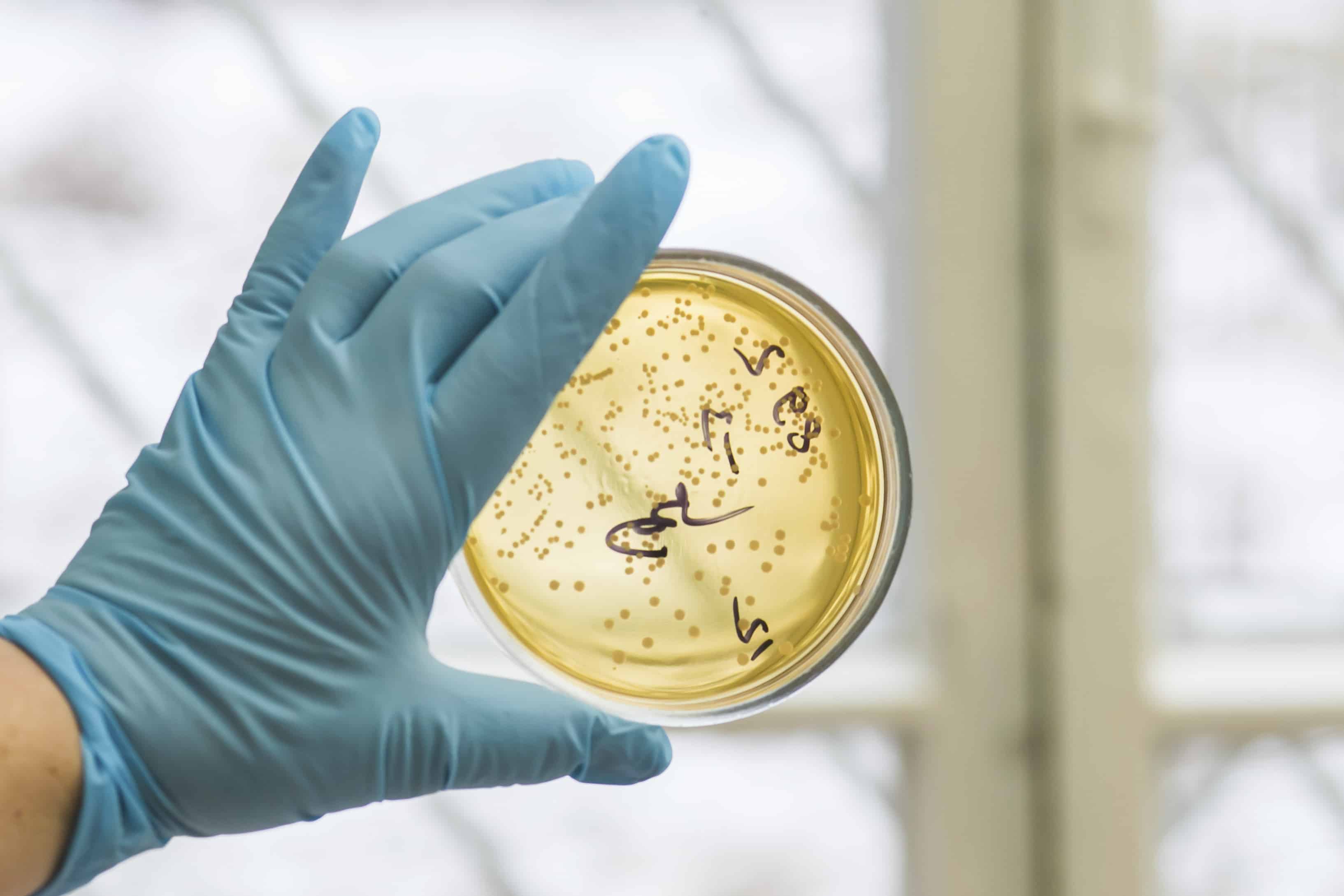B cells are important immune cells. They produce antibodies against foreign molecules on pathogens, and in this way they protect us against disease. When stimulated by an infection or a vaccine, the immune system’s B-cells respond to antigens by signalling through their surface B cell receptors (BCRs), setting off a cascade that spurs proliferation and secretion of antibody-producing plasma cells.
But the formulation of human monoclonal antibodies in lab conditions is a process that takes considerable time as generating them in vitro from patient blood is difficult because the B cells need to be primed with an additional signal such as CD40 or TLR and to be dosed with different interleukin cocktails.
Laboratory methods for isolating antibodies, including phage display, EBV immortalization, yeast display, and humanized animal models, all depend on large-scale screening to identify specific antibodies.
To overcome this issue, the scientists from the Ragon Institute of Massachusetts General Hospital, Harvard, and MIT, have tweaked the B cells to shorten the period required for the development of vaccines.
“There is only one trick there,” says the lead scientist of the study, Facundo Batista. Introducing CpG alone in solution will activate the B cells indiscriminately. “But the cells you are interested
in, they are one in 10,000, one in 100,000; how do you identify them?” asked Batista. “If you attach the ligand together with a protein to a nanoparticle, the TLR ligand becomes refractory to the cell, unless you internalize it through the B cell receptor.And the only cells that do that are the cells that are able to bind the protein on the nanoparticle. I am exploiting the capacity of the B cell receptor to capture what is outside the cell and bring it in. Because the TLR receptors are inside the cell, they only get exposed to the ligand when the B cell brings it to them.”
The Batista team was able to produce a large panel of high affinity human mAbs within a few days. The team later derived memory B cells from healthy donors and validated their results in successive experiments using a gp120 protein on the surface of the HIV envelope, multiple strains of the H1N1 Influenza A virus, as well as antigens of tetanus.
The team’s further efforts will focus on developing an HIV treatment by generating mAbs in vitro without needing human clinical trials.






























